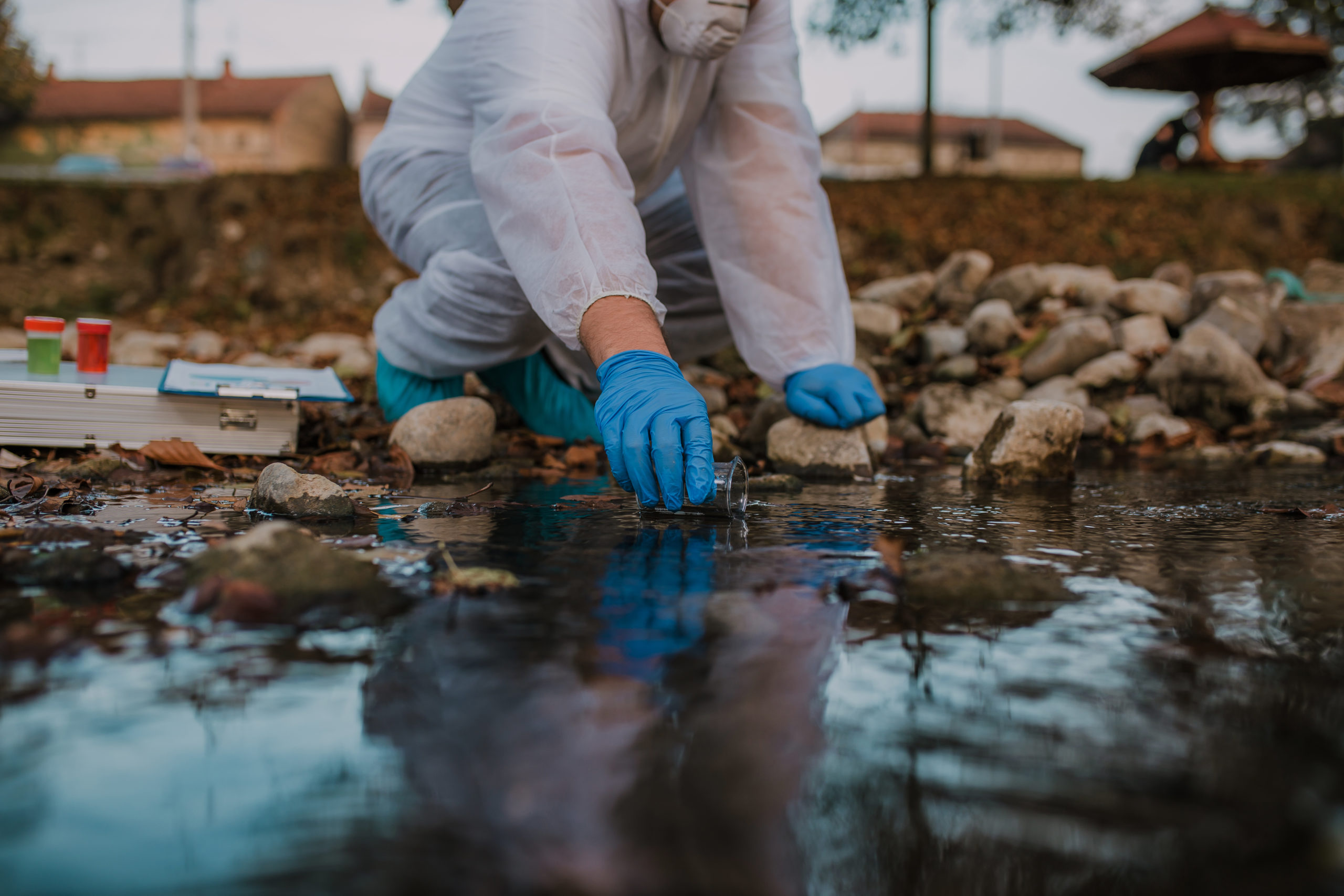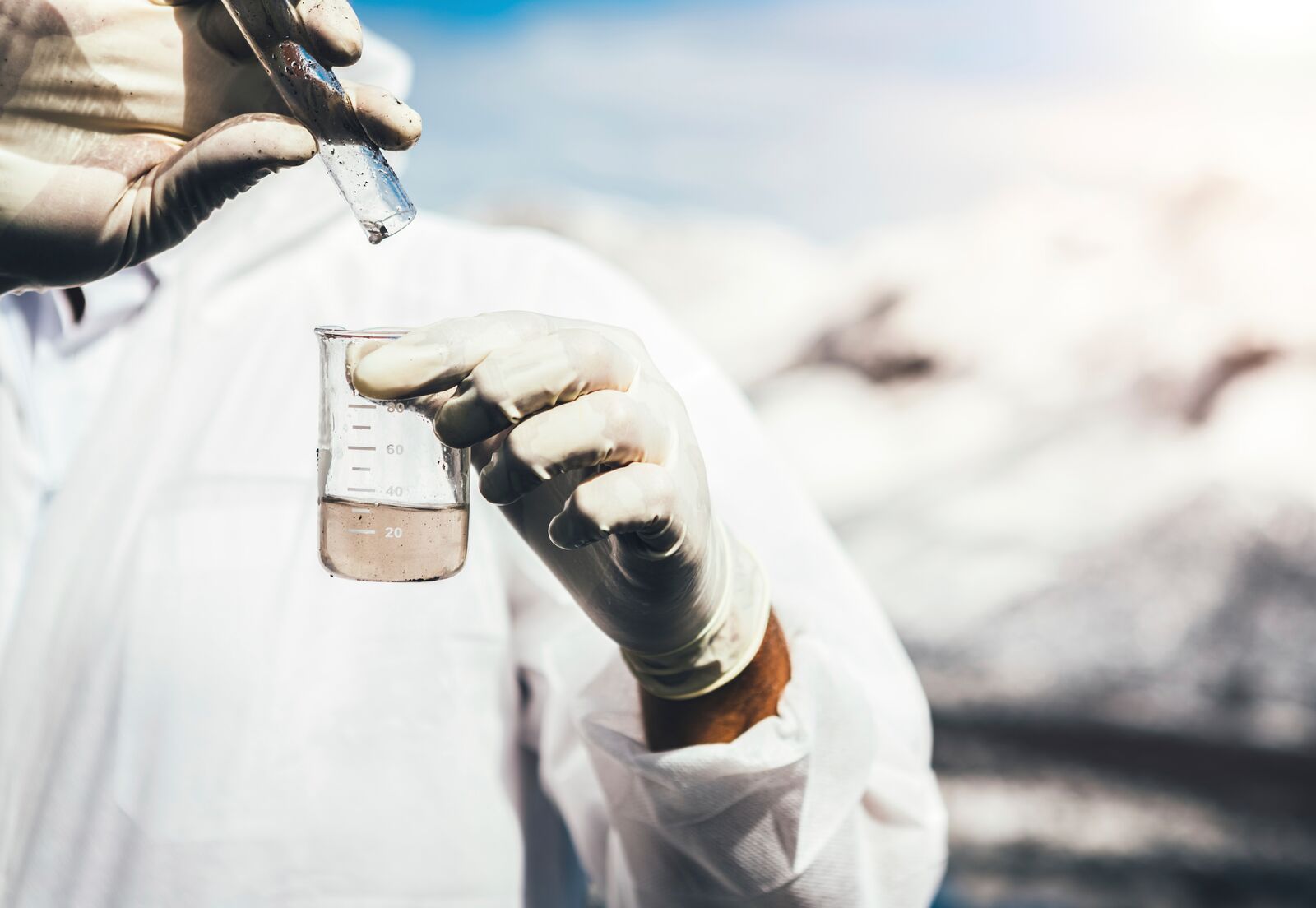Discover What Is Consisted Of in Water Examining and How It Makes Certain Safe Alcohol Consumption Water
Understanding the intricacies of water screening is pivotal in ensuring the top quality and safety and security of our drinking water. Via a careful evaluation of physical, chemical, and microbiological facets, water screening identifies possible impurities that could position health threats. From the existence of hefty steels to hazardous microbes, each test part plays an essential duty in maintaining the stability of our supply of water. Advanced strategies like chromatography and spectrometry enhance the accuracy of these analyses. Yet, how do these processes convert right into the regulative structures that ensure safety and security in our everyday consumption?
Secret Parts of Water Screening
Water screening is a vital procedure that involves several crucial parts to ensure the safety and security and quality of drinking water. In addition, ensuring the pH balance of water is crucial, as it impacts the water's corrosiveness and the efficiency of disinfection processes.
One more considerable component entails microbiological evaluation, where water examples are taken a look at for the presence of microbes such as microorganisms, infections, and protozoa. If taken in, this evaluation is important to identify biological dangers that can present health and wellness threats. Chemical evaluations are carried out to identify organic and inorganic materials, such as hefty steels, nitrates, and chemicals, that might be present in the water supply.

Identifying Hazardous Impurities
Detecting dangerous pollutants in alcohol consumption water is a basic facet of securing public health and wellness. Each type of pollutant positions unique health and wellness risks, making their detection important to guarantee the water eaten by the public is risk-free.
Water testing for contaminants is usually conducted by regulatory firms and water utilities, using a mix of field tasting and lab analysis. These assessments are developed to spot both naturally occurring materials and anthropogenic toxins that may have gotten in the water supply with farming drainage, commercial discharge, or maturing framework. Regular surveillance is crucial, as contamination degrees can change because of ecological adjustments, seasonal variations, or human tasks.
The recognition of harmful impurities informs essential actions, such as water therapy interventions or public advisories, to reduce dangers. Early detection is important to stop negative health effects, varying from intestinal diseases to long-term problems like cancer, thereby making certain the proceeded safety of alcohol consumption water.

Chemical Evaluation Methods
In the world of making sure safe alcohol consumption water, chemical analysis strategies play an essential role in determining and quantifying pollutants. These methods are necessary for discovering a wide variety of chemical materials, including hefty metals, chemicals, and commercial pollutants, which can present significant health and wellness risks. Methods such as atomic absorption spectroscopy (AAS) and inductively paired plasma mass spectrometry (ICP-MS) are typically utilized to gauge trace levels of steels like lead, arsenic, and mercury. These instruments supply precise quantification, promoting compliance with regulative criteria.
Gas chromatography-mass spectrometry (GC-MS) is another vital method, specifically for natural substances. It divides intricate mixes and determines unstable and semi-volatile natural substances, guaranteeing that contaminants like benzene and toluene are within risk-free restrictions. High-performance fluid chromatography (HPLC) is in a similar way utilized for non-volatile materials, consisting of particular chemicals and drugs.
Ion chromatography is used to establish focus of cations and anions, such as nitrates and sulfates, which are essential in examining water high quality. These chemical analysis techniques collectively make certain that alcohol consumption water stays risk-free by discovering discrepancies from established pureness standards, thus protecting public health. Making certain accuracy and accuracy in these examinations is extremely important to preserving the integrity of water safety and security analyses.
Microbiological Evaluating Methods
Exact microbiological testing is critical for safeguarding public wellness by guaranteeing that drinking water is cost-free from dangerous pathogens. This procedure involves detecting and mentioning microorganisms such as microorganisms, viruses, and protozoa that might pollute water products. Typical pathogens include Escherichia coli, Giardia, and Cryptosporidium, each posturing considerable health dangers.
Numerous techniques are used in microbiological testing to recognize these threats. The membrane layer filtration method is regularly utilized, entailing water passing through a filter that records bacteria, which are then cultured to establish their presence and concentration. Conversely, the multiple-tube fermentation method allows the i was reading this metrology of coliform bacteria utilizing a collection of dilution and incubation steps.
Developments in modern technology have actually introduced molecular methods such as polymerase chain response (PCR), which permits the very specific and rapid detection of microorganisms by intensifying their genetic material. Enzyme-linked immunosorbent assays (ELISA) also provide a technique to identify pathogens by identifying particular proteins or antigens.
These varied techniques are crucial for thorough water quality assessment, ensuring that water treatment processes are reliable and that circulation systems preserve safety. By employing these microbiological screening methods, possible health dangers can be determined and alleviated immediately.

Relevance for Public Wellness
Making sure the microbiological security of drinking water straight influences public health and wellness by avoiding the spread of waterborne diseases. Virus such as germs, viruses, and protozoa can lead to ailments like cholera, dysentery, and intestinal infections (Water Testing Service). The implementation of thorough water testing protocols is extremely important in determining and mitigating these threats, therefore go to this site safeguarding neighborhoods from prospective outbreaks
Normal water testing not only finds microbial contaminants yet likewise analyzes chemical and physical specifications that could impact wellness. As an example, excessive levels of nitrates or hefty metals such as lead can posture major wellness risks, specifically to vulnerable populaces like babies and pregnant ladies. By recognizing these risks early, water screening makes it possible for timely interventions, making certain the supply of water continues to be within safe consumption requirements.
Moreover, water testing plays an important function in keeping public self-confidence in local water systems. For plan manufacturers and health authorities, the data obtained from water screening informs decisions on framework financial try this web-site investments and public health strategies, ensuring resources are guided where they are most required.
Verdict
Water screening serves as a crucial mechanism for ensuring the security and high quality of drinking water through detailed analysis of its physical, chemical, and microbiological residential properties. By spotting hazardous pollutants, such as heavy metals and chemicals, and utilizing sophisticated strategies like chromatography and spectrometry, water testing assists in the identification of possible health and wellness risks. The application of rigorous screening methods is important for keeping conformity with safety criteria, ultimately securing public health and reinforcing self-confidence in metropolitan water supply.

By identifying these threats early, water screening makes it possible for timely treatments, making certain the water supply remains within secure consumption criteria.
Water testing offers as a crucial mechanism for ensuring the security and top quality of drinking water through thorough assessment of its physical, chemical, and microbiological properties.